- Make It Yourself Lavender Heart-Shaped Bath Bombs!
- 20 Things You Never Knew About “Down There”
- 12 Best Foods For Those Suffering From Arthritis Pain
- 12 Personal Hygiene Mistakes Almost Everyone Makes (Mom Never Told You About #4!)
- 15 Medicinal Plants And Herbs From The Cherokee People
- 12 Mind-Blowing Benefits Of Drinking Coconut Water During Pregnancy
- 12 Outstanding Winter Foods That Won’t Fatten You Up Like A Christmas Turkey
How to Make Infusions for Beauty Products From Your Garden Plants
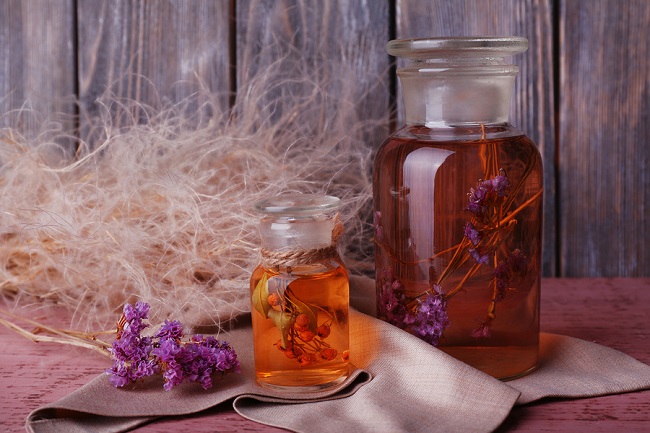
Photo credit: bigstock.com
If you read our previous article, “Grow Your Own Beauty Product Garden,” then you are probably dying to know how you can turn all those beautiful plants you are growing in your garden into your own completely natural beauty and personal care items. (If you haven’t read the article, you can do so here.)
There are so many skin care flowers and leaves from plants you can grow in your own garden, it’s simply amazing! Rose petals for toning the skin, thyme for stopping acne, not to mention calendula for healing problem skin. If you read our previous article, then you already know which herbs are going to work best for you. Now that your plants are growing and you are ready, or almost ready for harvest, you are probably wondering what you should do next.
Well, let’s take a look at the things you most likely planted, and we will tell you how you can harvest, which parts you should harvest, and how you can make infusions so that you can create your own beauty products.
Whenever you are preparing your botanicals, always used distilled or pure spring water and glass containers. Never use copper, plastic, aluminum, or Teflon (non-stick) material as their chemical compounds can affect your product.
Ready? Let’s get started.
Continue to Page 2
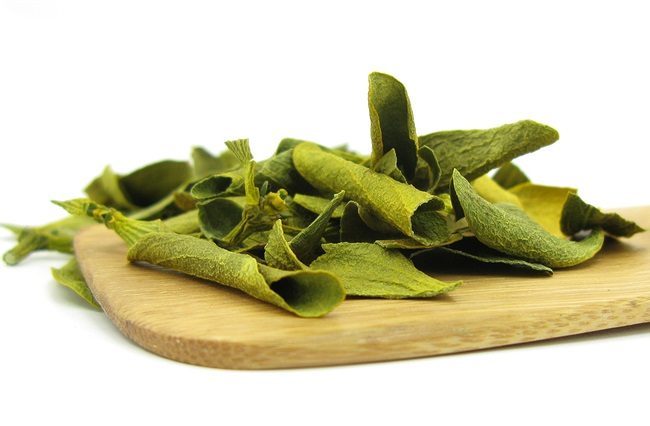
Photo credit: bigstock.com
The Easy Stuff
Some of the botanicals you grew can be used fresh, such as aloe vera, cucumber, or watermelon. These can be used directly into your beauty products. For example, you can simply scoop out aloe vera gel from the leaves, place it in a glass jar, and use it as a hair conditioner in the shower. Cucumbers can be pureed in the blender and used as a face mask.
Drying
Many flowers, leaves, and herbs can be used when they are dried. This is very common, especially with roots. You should dry your leaves, roots, and flowers before using them to make infusions.
You can dry your botanicals in several ways: using very low heat in your oven for several hours (this will vary depending on the thickness of your botanical), drying them on screens outside in the sun, or using electric dehydrators. Flower petals and very thin leaves will take less time but thicker leaves and roots, also some whole flowers, will take longer. Don’t be surprised if some items take a few days. Be patient! Once they are fully dry, you can use a coffee grinder or blender to break down dried roots into a powder and sift it through a fine mesh sleeve to remove larger particles. When dried plants are stored in airtight, glass containers, they can last for years.
Continue to Page 3
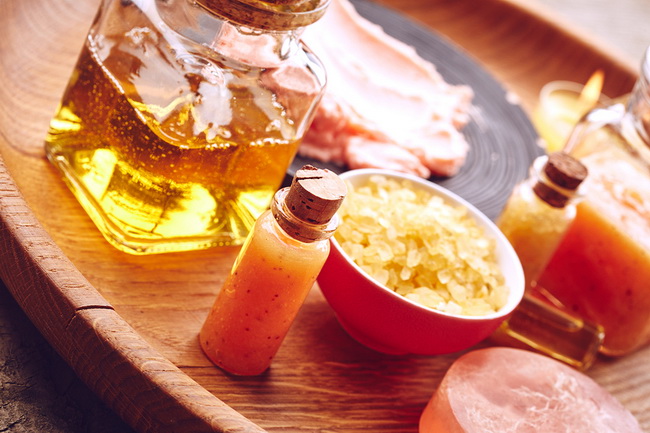
Photo credit: bigstock.com
Water Infusion
A water based infusion is similar to a very strong tea. You will use about ½ ounce (14 grams) of dried botanical, or 1 ounce (28 grams) of fresh botanicals, to one cup of boiling water. Allow steeping, covered, for 20 to 25 minutes, then strain through a cheesecloth. You can use these types of infusions in lotions, creams, hair rinses, or used as is as a skin toner. If you are using the infusion as a skin toner or treatment for acne, refrigerate after use. Water infusions can keep for up to 4 weeks.
SEE ALO: Make Your Own Oil Diffuser Necklace for Aroma Therapy All Day Long!
Oil Infusions
Most of the beneficial compounds of your botanicals are oil soluble, which means that they will release their health benefits when soaked in oil. Oil infusions are also great in lotions, creams, but they are vital for products that are waterless, such as ointments, massage oils, or balms. Oil infusions work best when made with dried plant material. You can create oil infusions by one of two methods:
- Warm Oil Infusions: This is a quick way of extracting the medicinal compounds from your plants. Put 1 cup of dried or 2 cups of fresh leaves, flower petals, or flowers in a large sauce pan. Cover your plants with 3 cups of a high quality oil such as sweet almond oil, olive oil, sunflower oil, or jojoba oil. Place that saucepan inside a larger pan of simmering water (or use a double boiler if you have one). Cover the pan with the herbs and allow to sit on the stove and simmer for about 2 hours. Keep an eye on the water level in the larger pan so that it doesn’t drop too low or boil. You want the water to be very hot, but not boiling. Turn off the heat and allow to cool to room temperature. Strain through a cheesecloth and discard the plants. Store the oil infusion in a glass jar with a tight lid. This oil should keep well in a kitchen cupboard for about one year.
- Cold Oil Infusion: This takes much longer but some people feel it is more natural. Use the same amounts of herbs and oil as for warm oil infusions, but place all ingredients in a glass jar with tight fitting lid. Place the jar in a sunny window, or outside in a sunny location and shake it once per day. You can leave this infusion for a little as one week or as long as 4 weeks. The longer it sits, the stronger your oil. Strain through a cheesecloth into another glass container. This oil will also keep for one year.
Continue to Page 4
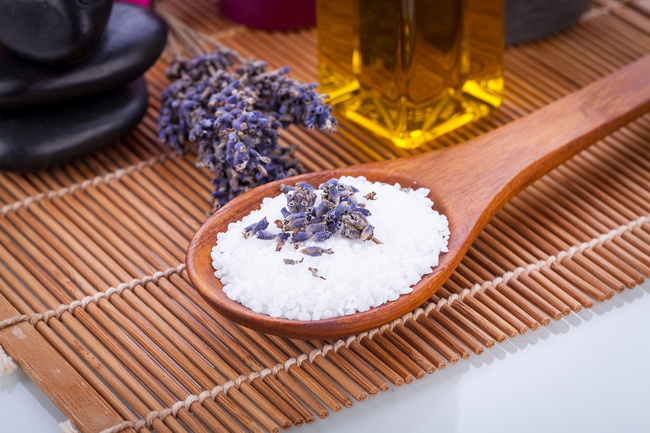
Photo credit: bigstock.com
Let’s take a look at a few recipes where you can use your infusions.
Lavender Flower Shampoo
Take one cup of your water based lavender flower infusion and mix it with 8 ounces of baby shampoo. (If you are blonde, use chamomile flowers in your water infusion instead of lavender flowers)
Herbal Flower Hair Rinse
If you have dark colored hair, use lavender flowers or sage leaves; if you have lighter colored hair, use chamomile or calendula flowers.
Take two cups of your water based flower infusion and mix it with 1 tablespoon of apple cider vinegar for dark hair, or mix it with one tablespoon of lemon juice if you have light colored hair.
Mix well in a glass jar and use in the shower as a natural herbal hair rinse. Read also how to make a hairpray.
Continue to Page 5
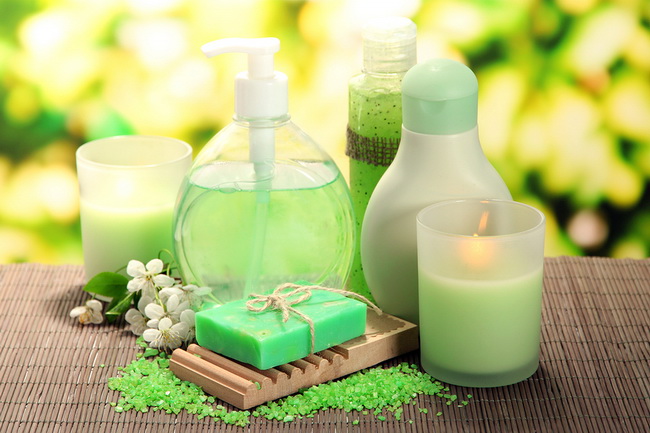
Photo credit: bigstock.com
Lavender Face Astringent
This is a little different type of astringent that uses vinegar as your infusion base. You can use fresh or dried lavender blossoms.
In a large glass jar, mix 2 cups of fresh lavender flowers or 1 cup of dried lavender flowers with 2 cups of white vinegar or unseasoned rice vinegar.
Shake well, then place in a sunny window or outside in the sun for the next 7 days. Shake once per day. Then strain out the lavender flowers and store in another glass container. To use, simply wash your fact, then moisten cotton balls or squared with the astringent and apply directly to the face.
Rose Scented Massage Oil
Make a rose petal massage oil by choosing your oil infusion method ( hot or cold) and placing 1.5 cups of fresh rose petals (different colors are OK) in one cup of sweet almond oil. After the infusion is finished, strain out the flower petals. This will make 8 ounces of nicely scented (but not too strong) massage oil.
References:

































